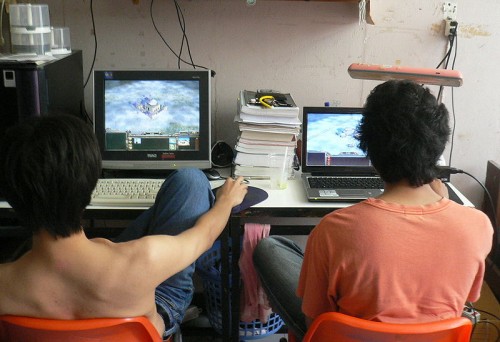Editor’s Note: This post was written in response to PJ Rey‘s “Incidental Productivity: Value and Social Media” and the text is reposted from mrteacup.org.
PJ Rey has a very interesting post up at Cyborgology about issues of production and labor on social networking sites that has some connections with things that I have been thinking about.
The point seems to be a partial critique of the social factory thesis – that social networks exploit the social interactions of their users, turning it into a kind of labor. This critique turns on the idea of “incidental productivity.” Rey claims that some activity on a social network does not fall into the category of labor as defined by Marx; or to put it another way, the Marx-influenced theory of labor is not conceptually broad enough to cover every type of activity that occurs. Rey proposes the concept of incidental productivity, which seems to mean value that is silently produced as a side effect of some other activity that the user is engaged in. The important point is that users are not aware of the value that they are creating, so this is not labor.
So far, I agree with this. There is only one very small point of disagreement, which is where Rey says in the final paragraph, “A quintessentially Marxian question remains: Who should control the means of incidental production?” I claim that this concept of incidental production is ultimately the liberal-capitalist problem of consumer rights and protections. more...








